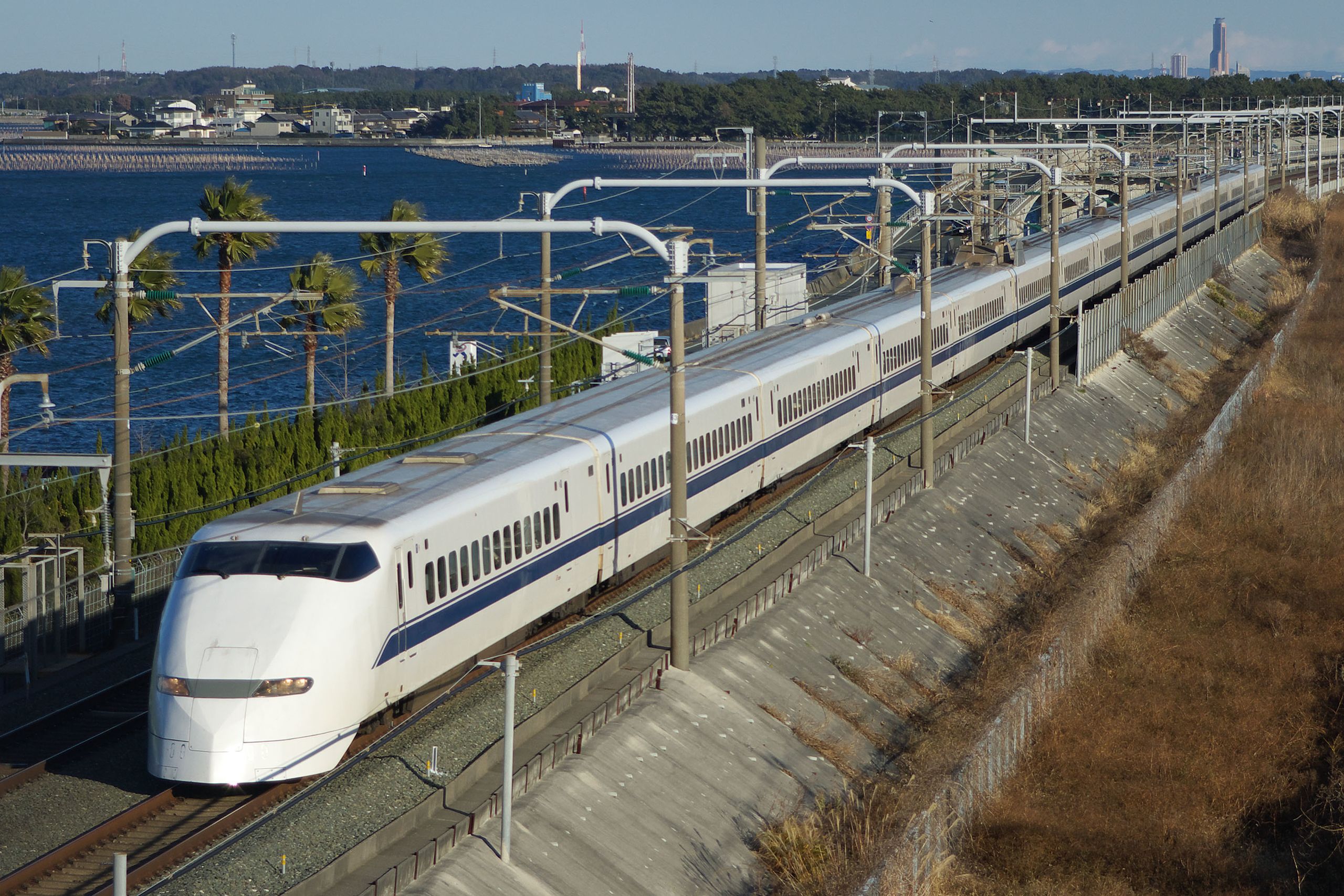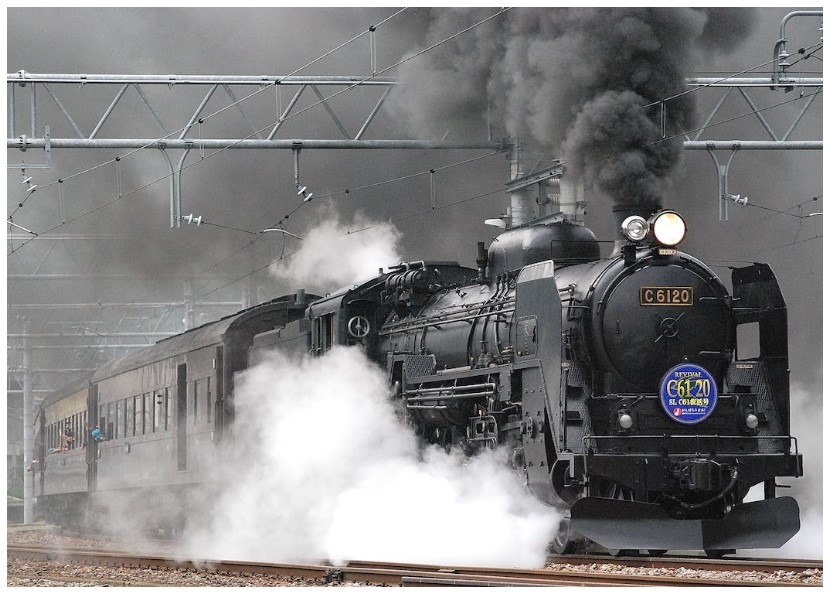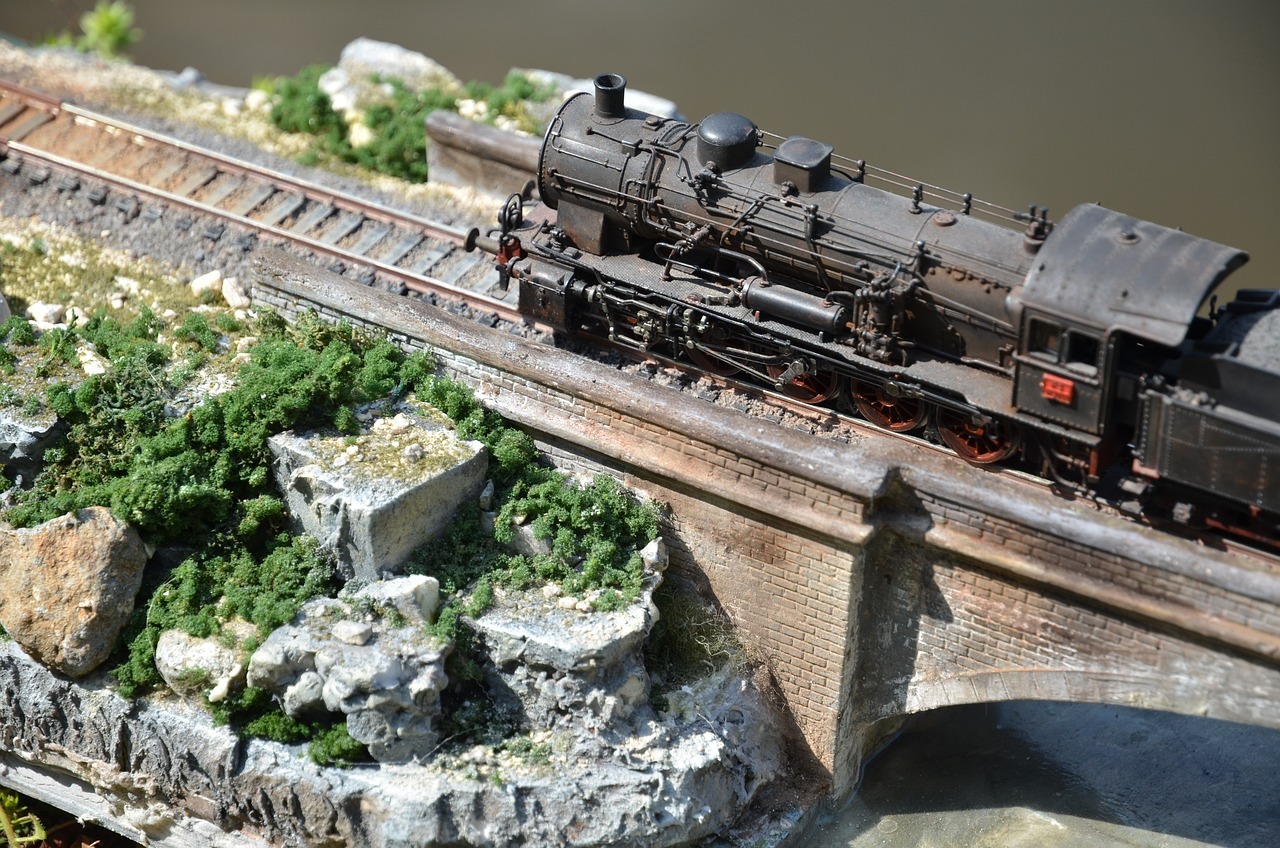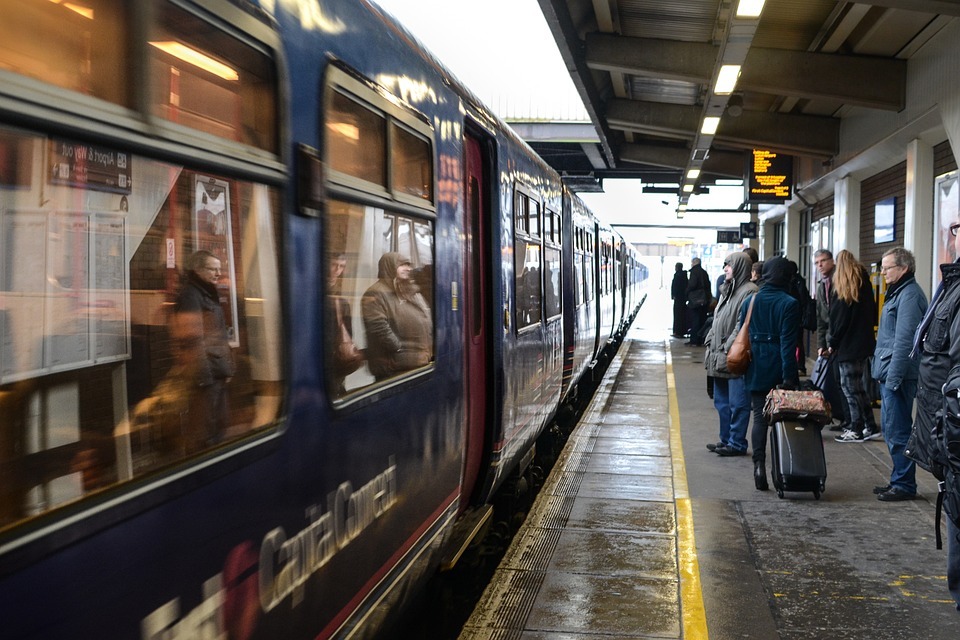The Role of Trains in Historical Wars: Strategic Impact and Military Advantage
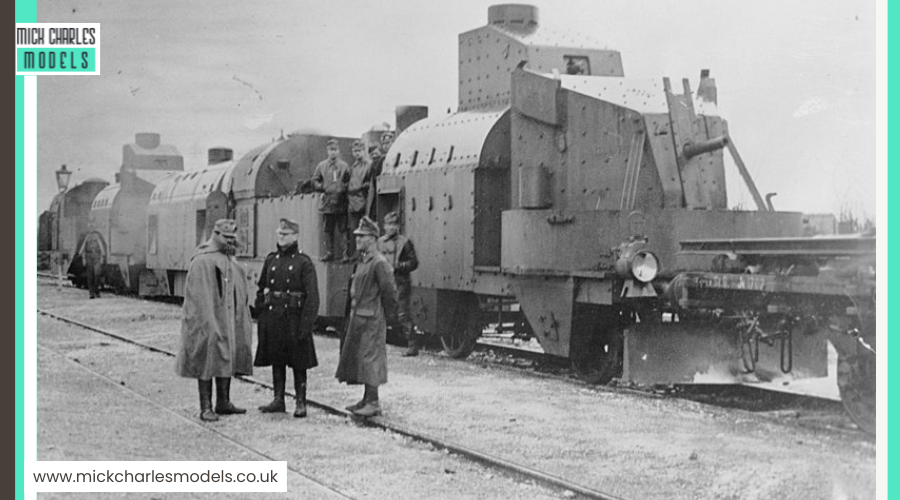
Trains have played a critical role in shaping the outcomes of historical wars. From the Crimean War to the World Wars, railways have been essential in transporting troops, weapons, and supplies quickly and efficiently. Without the use of military railways, many of the large-scale operations that defined 19th and 20th-century warfare would have been impossible.
During the Civil War, railroads were used as powerful tools for logistical support. The Union's ability to transport soldiers and materials rapidly was a major factor in securing victory. Similarly, in World War I and World War II, rail networks allowed for the mass movement of armies and resources, underlining the strategic importance of trains in modern combat.
In the early 20th century, Germany recognized the potential of railways in warfare, planning a network that could support simultaneous operations against multiple enemies. This strategic foresight highlights how integral railways were to military planning and success, making trains indispensable in the history of warfare development.
The Emergence of Railways in Military Strategy
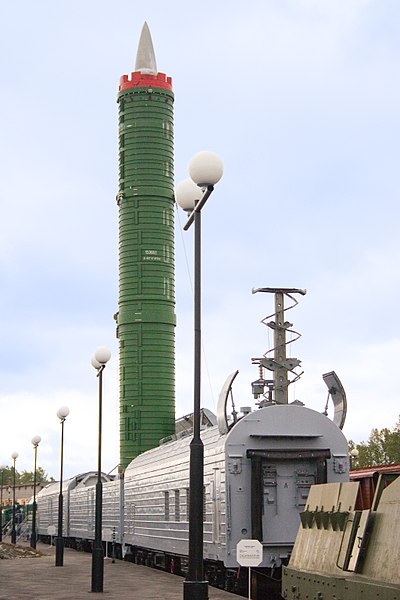
Panther, RT-23 ICBM complex in Saint Petersburg museum, CC BY-SA 2.5
Railways began playing a crucial role in military strategy during the 19th century. They provided a means to rapidly transport troops, supplies, and equipment, which proved decisive in numerous conflicts.
Early Adoption and Strategic Value
Early on, nations realized the strategic value of railways. By the mid-19th century, countries like Germany and France were already planning railway networks for military use. These railways allowed for the quick movement of large numbers of troops, ensuring rapid mobilization and effective logistics support.
In Europe, during the Franco-Prussian War, railways enabled the Prussian Army to outmaneuver French forces. Their efficient rail network allowed them to transport troops and supplies over long distances quickly. This capability was a significant factor in their victory. Similarly, the ability to move resources efficiently made railways a centerpiece of military strategy.
Railways During the American Civil War
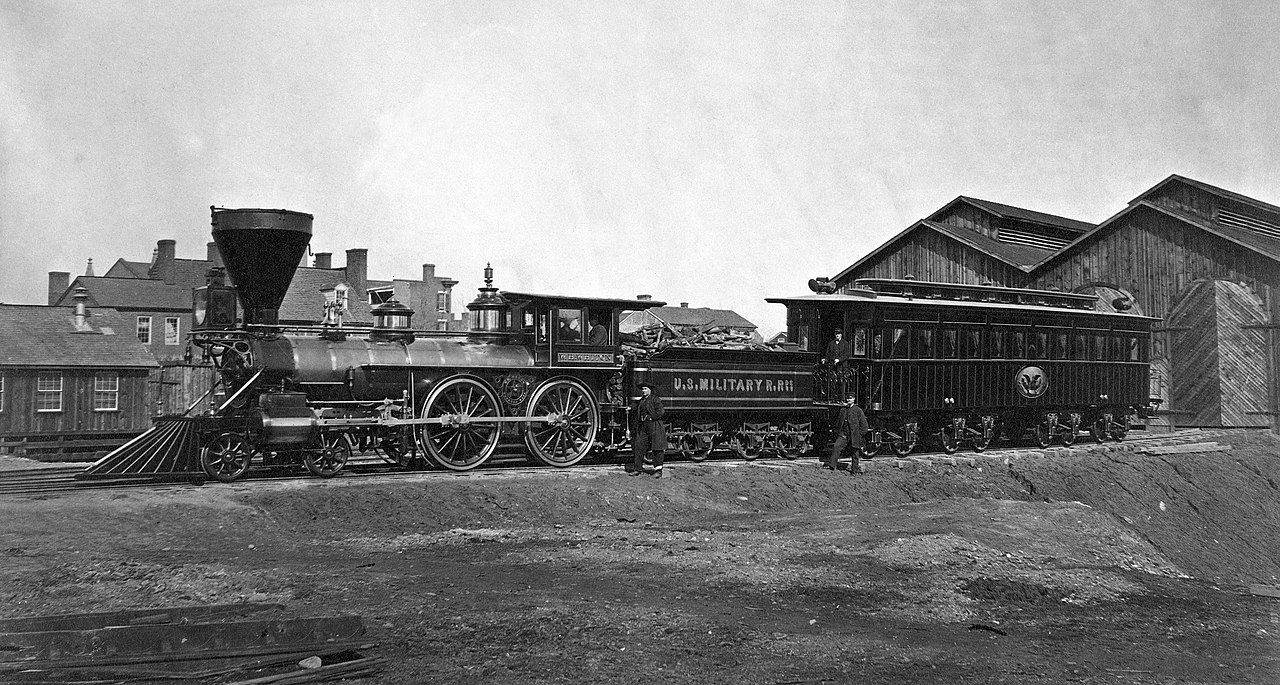
The American Civil War marked one of the earliest large-scale uses of railways in conflict. The United States Military Railroads (USMR) was established to manage and operate rail lines for the Union Army. This organization was instrumental in the transport of troops and supplies.
Key battles were influenced by the ability to move large forces quickly. For instance, during the Battle of Gettysburg, the rapid movement of Union troops by rail played a crucial role. Railways also sustained extended campaigns by constantly supplying the front lines with food, ammunition, and medical supplies.
The Confederacy, lacking a similar rail infrastructure, struggled to match the Union's logistical capabilities. This disparity was a pivotal factor in the outcome of the war.
In both cases, railways revolutionized the way wars were fought, providing speed and efficiency that horse-drawn wagons could not match. The strategic importance of rail networks thus became evident, shaping future military doctrines.
Trains in the World Wars
Trains played a crucial role in both World War I and World War II, significantly impacting the movement of troops and supplies, which were key to military strategies and outcomes.
World War I
In World War I, railways were vital for transporting soldiers and supplies quickly over long distances. Germany recognized the importance of railways early on, and by 1842, they had a strategic network in place. This network was crucial during the Schlieffen Plan, which required rapid movement of troops through Belgium and into France.
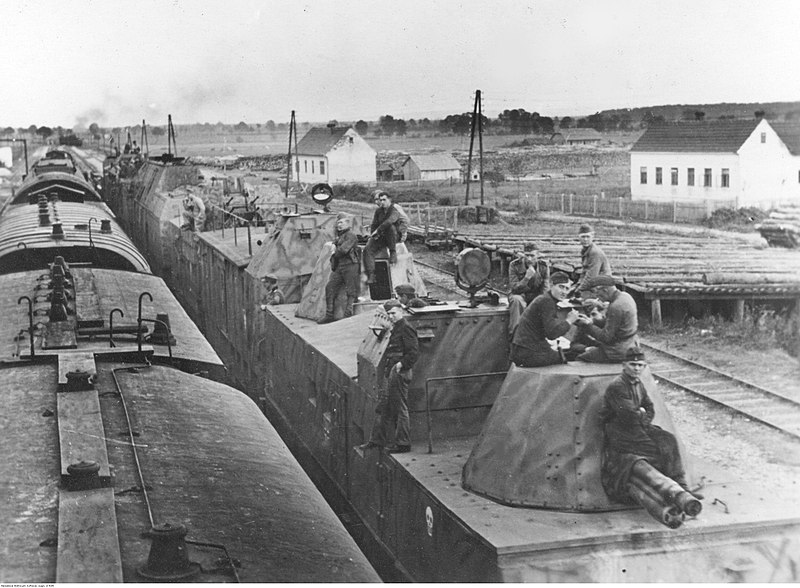
France and Germany also used 60cm gauge light railway systems, which were easy to set up and move. These smaller railways helped transport supplies to the front lines. The importance of these railways cannot be overstated, as they allowed for constant replenishment of resources in critical battle zones.
World War II
World War II saw even greater use of trains. The Military Railway Service (MRS) played a significant role in the Allied efforts. American railroads operated and maintained railroads in Europe, North Africa, and the Pacific. The Affiliation Program in the 1930s between the Army and American railroad companies made this possible.
Locomotives transported essential supplies to fronts like Cherbourg, Carentan, and Lorraine. The British railways also contributed significantly, moving equipment and troops across Europe. The use of trains helped facilitate major operations, including the Normandy breakout and the swift advance of the Third Army.
These railways allowed for strategic troop movements and the transport of heavy equipment, which were vital to the war efforts in both World War I and World War II.
Technological Advancements in Warfare and Railway Systems
Railway systems played a pivotal role in war, from steam locomotives to modern diesel-electric engines, enhancing both transportation and military logistics. Key advances included steam to diesel-electric shifts, logistical improvements, and the use of armored trains for combat.
From Steam to Diesel-Electric Locomotion
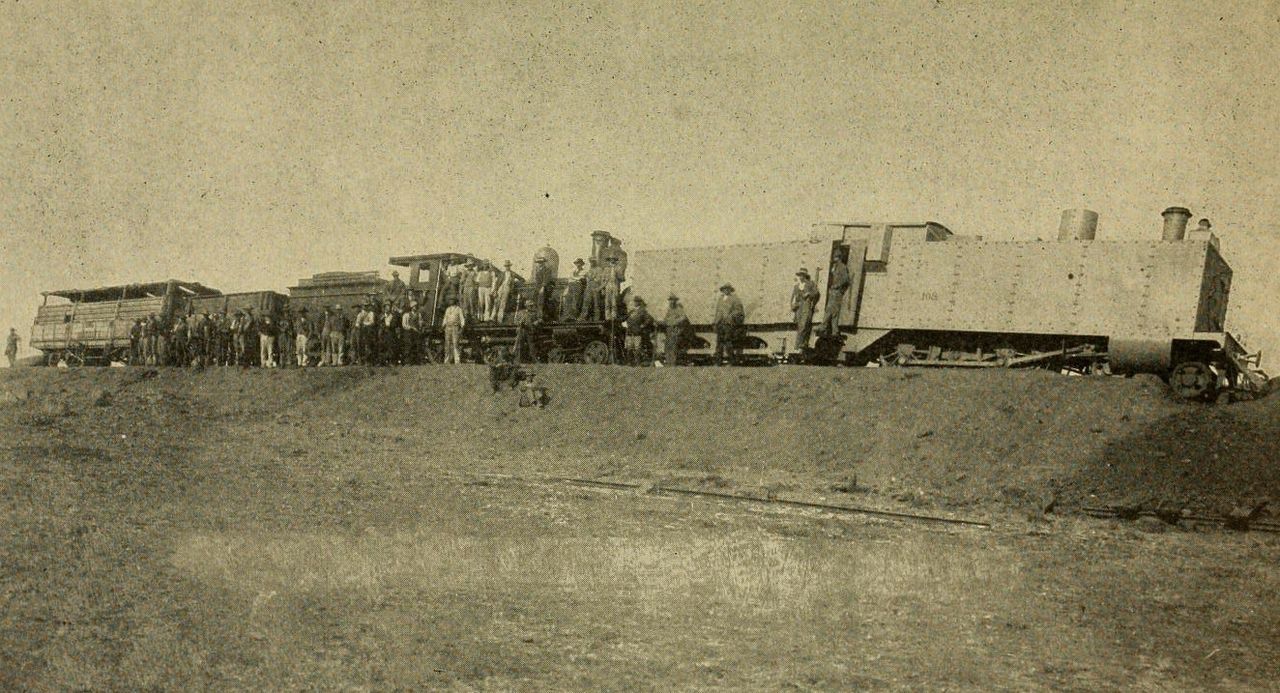
Steam Locomotives: Early wars utilized steam locomotives for troop movement and supply transportation. The Civil War saw extensive use of these engines.
Transition to Diesel-Electric: By the mid-20th century, diesel-electric locomotives replaced steam engines. They were more reliable, efficient, and required less maintenance.
Impact on Warfare: Diesel-electric engines enabled faster and more flexible deployment of troops and equipment. This shift significantly improved military logistics and operational efficiency.
Innovations in Logistics
Rapid Transport: Trains dramatically sped up the transport of troops, supplies, and weapons. During both World Wars, railway systems were crucial in moving large numbers of soldiers and tons of material.
Logistical Networks: Railways allowed for the creation of complex logistical networks. Engineer regiments built and maintained tracks under combat conditions, ensuring continuous supply lines.
Modern Applications: Even today, railways are vital for moving heavy equipment like tanks and artillery, showcasing their enduring importance in military logistics.
Armored Trains and Rail Artillery
Development: Armored trains carried troops and heavy weapons, providing mobile firepower. These trains were equipped with artillery, machine guns, and armor plating.
Usage in Wars: Armored trains were used extensively during the Civil War and both World Wars. They provided support for infantry and cavalry and protected key railway infrastructure.
Modern Decline: With advancements in air power and more flexible land vehicles, the use of armored trains has declined. However, their historical impact on warfare remains significant.
Railways' Role in Troop and Supply Movement

Railways were pivotal in moving troops and supplies during wartime, impacting the mobilisation of armies, the transportation of freight, and the efficiency of military railway services.
Mobilisation and Transportation of Armies
Railways enabled the swift mobilisation of large armies, allowing soldiers to reach the battlefield quickly.
During World War I, European nations relied heavily on rail networks to transport their troops. The German military, for example, used railways for rapid troop movements, making it hard for their enemies to predict their next moves.
British and French forces also depended on railways to meet the demands of the front lines. Trains brought soldiers from distant parts of the country to combat zones, keeping divisions fully manned and ready for action.
Freight Operations and Supply Deployment
Effective freight operations were critical in ensuring that armies had the necessary supplies.
Railways were used to transport large quantities of ammunition, food, gasoline, and other essential materials. During World War I, millions of artillery shells were moved to front-line positions by train.
Rail stations often became hubs of military activity where supplies were unloaded and distributed. Without these effective railway systems, sustaining prolonged military operations would have been nearly impossible.
Troop Trains and Military Railway Service
Specialised troop trains were employed to transport soldiers securely to various destinations.
These trains included sleeping cars, kitchens, and medical facilities to maintain troops' readiness. Military railway services were established to manage these operations effectively.
During World War II, the strategic use of troop trains helped the Allies deploy forces quickly during critical moments, such as the Normandy breakout. These services also played a role in reconnaissance and the transfer of wounded soldiers back to safety.
By moving troops and supplies efficiently during combat, railways played an invaluable role in the wars of the 19th and 20th centuries.
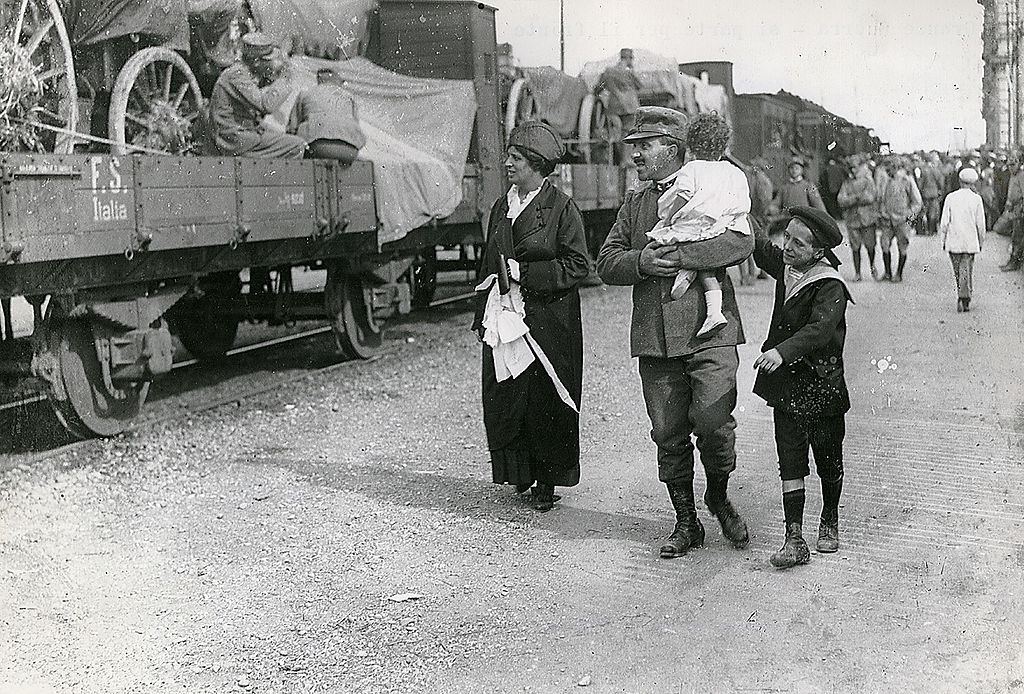
Touring Club Italiano, Treno con militari e civili alla stazione, CC BY-SA 3.0
Frontline Engagements and Railways
Trains played a critical role in historical wars, particularly in moving troops, supplies, and equipment to the frontline swiftly. This section details how railways were used strategically for offensives, reconnaissance missions, and direct combat support.
Strategical Rail Lines for Offensives
Railways were key in planning and executing offensives. By transporting large numbers of troops, weapons, and supplies, trains ensured that forces reached the frontline efficiently. Strategical rail lines, built specifically for military use, connected bases to battle areas.
On the Western Front during World War I, both sides used railways to launch large-scale attacks. Lines like the German East African Railway were used to move troops quickly, ensuring rapid deployment during offensives.
Reconnaissance and Railways
Reconnaissance missions often utilized railway networks. Trains equipped with observation equipment or converted into mobile command centers allowed military leaders to oversee battlefield conditions.
Railways provided vantage points for gathering vital intelligence. The use of railways by reconnaissance units helped map enemy movements, assess frontline situations, and ensure that critical information was relayed back to command centers.
Railways in Combat Support
Railways were fundamental in combat support roles. They transported ammunition, medical supplies, and reinforcements directly to the frontline. Armored trains, fitted with artillery and machine guns, provided fire support and served as mobile fortresses.
During World War I and II, railway guns were employed to offer long-range artillery support. Rolling stock, such as supply trains, played an essential role in maintaining the combat effectiveness of frontline units by ensuring continuous supply lines.
In conclusion, railways were indispensable in frontline engagements, aiding in strategic offensives, reconnaissance, and combat support. By using rail networks, armies could maintain a higher level of operational readiness and effectiveness.
Railroad Sabotage and Defensive Measures

Railroad sabotage during wartime targeted crucial transportation links, resulting in significant disruptions. Defensive measures were developed to protect railways and quickly repair damaged sections, ensuring continuous logistical support.
The Impact of Sabotage on War Efforts
Sabotage against railways was a strategic effort to cripple enemy logistics. Acts of derailment, such as those tested at the Claiborne-Polk Military Railroad in 1944, were designed to disrupt supply lines and delay troop movements.
During World War II, Polish railwaymen sabotaged tracks near Płaszów-Prokocim, which led to severe retaliations. Such actions significantly hindered the movement of military freight, causing delays and resource shortages on the front lines.
Protection and Repair of Railway Infrastructure
To safeguard railway infrastructure, military forces developed protection protocols. Engineers built defenses around key railways and bridges to prevent sabotage. Regular patrols and fortified checkpoints were implemented to thwart enemy actions.
When sabotage occurred, specialized units like the Corps of Engineers and Railway Operating Battalions were crucial in quickly repairing damage. They ensured that tracks were operational, minimizing the impact on supply chains and maintaining the flow of essential supplies to the theater of operations.

